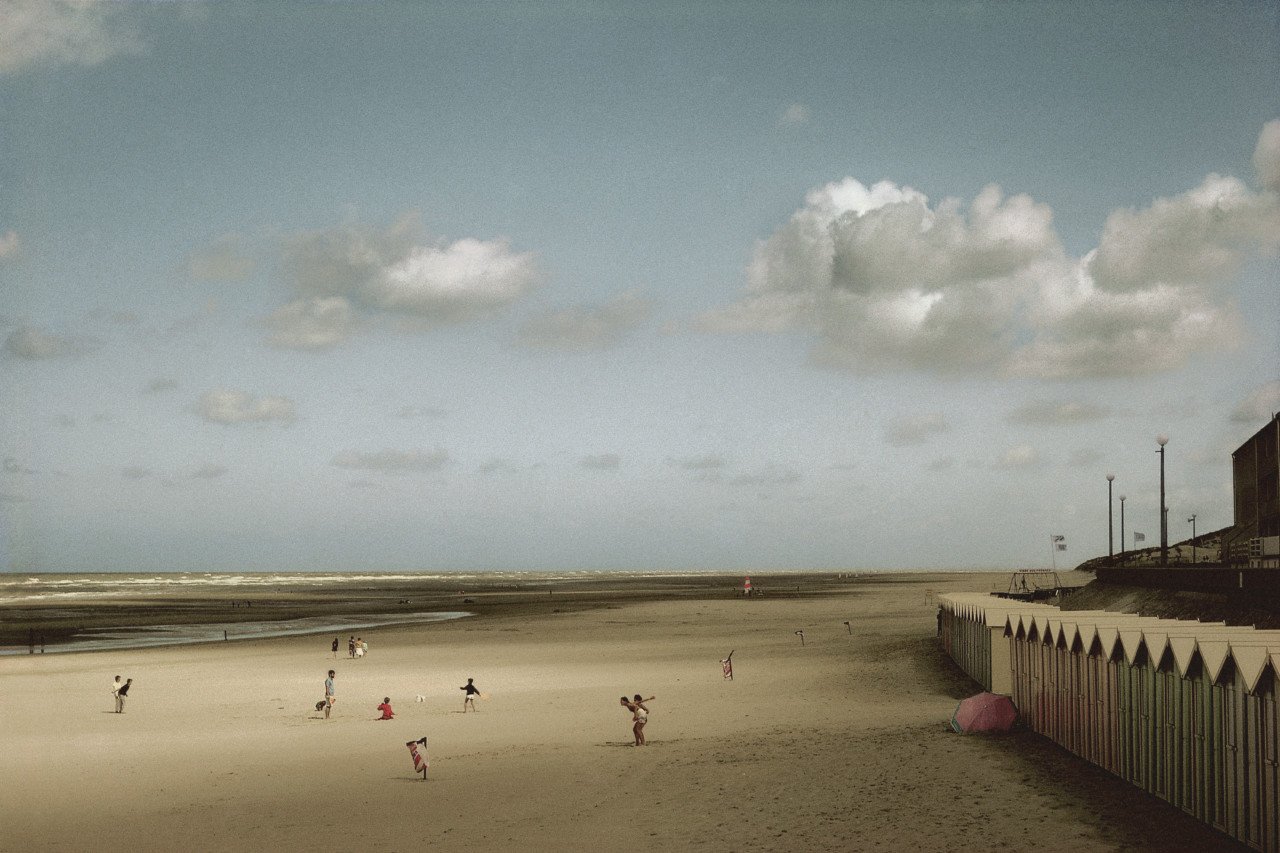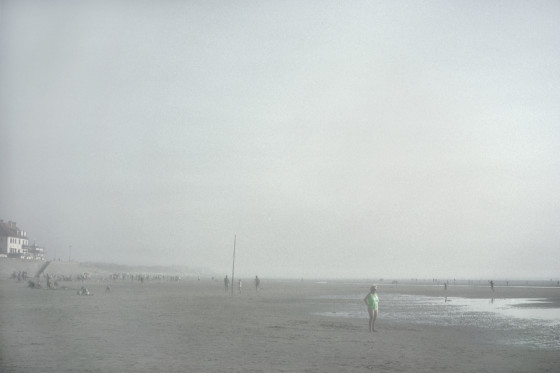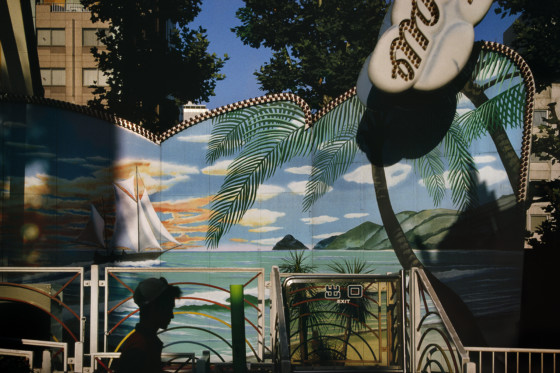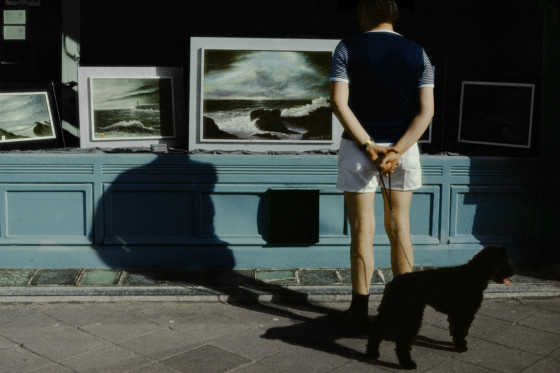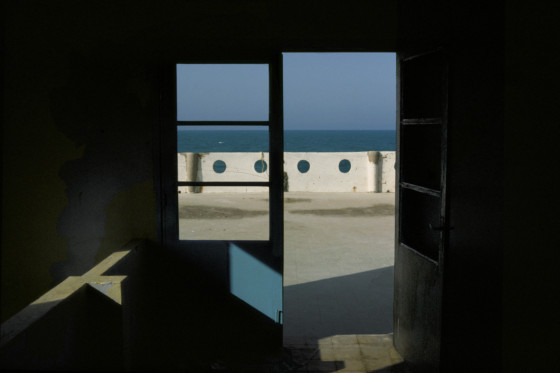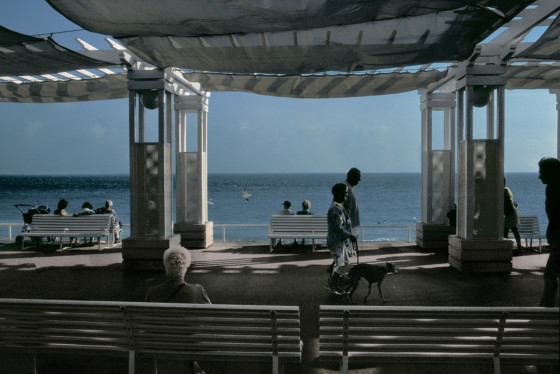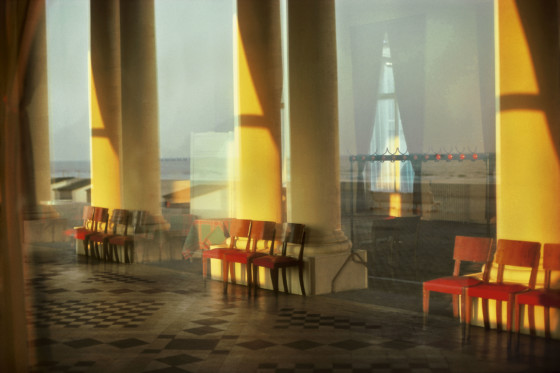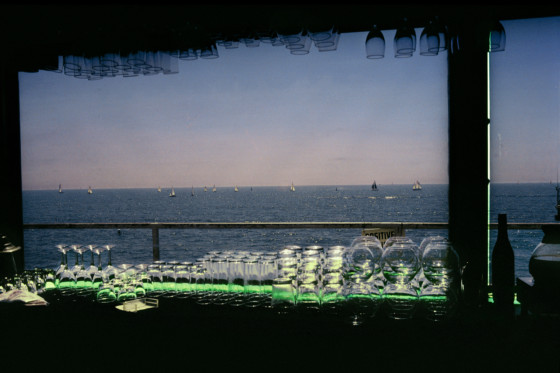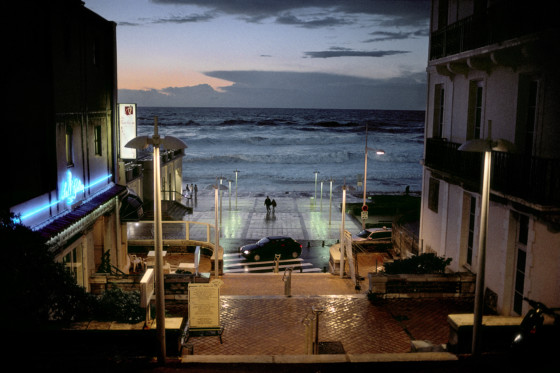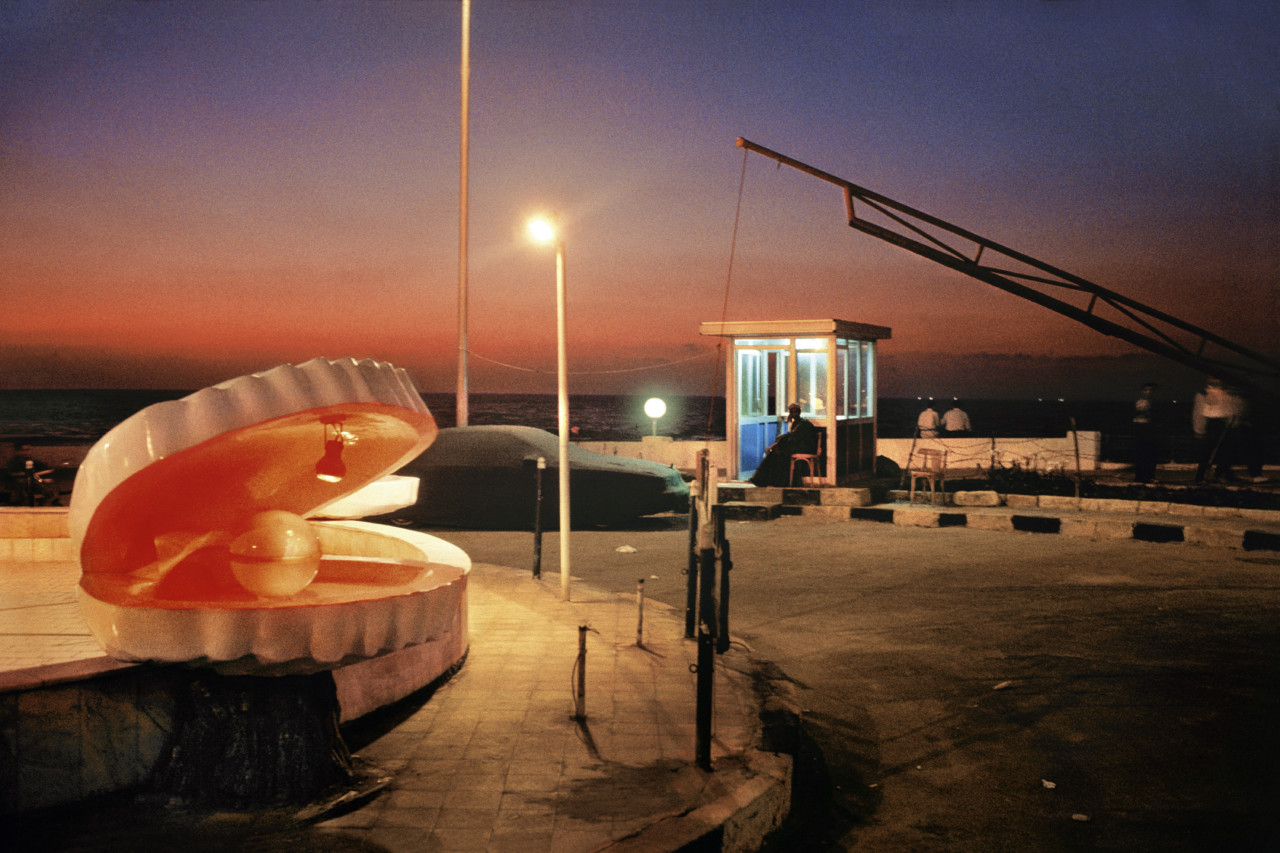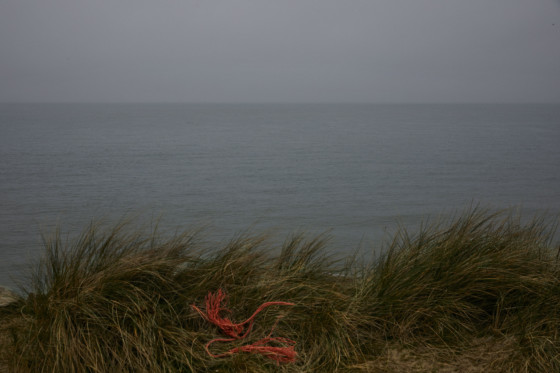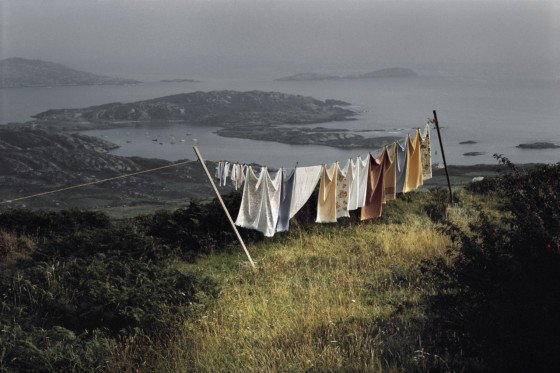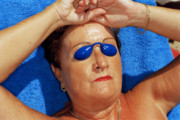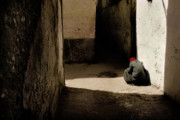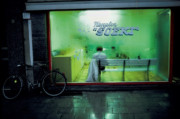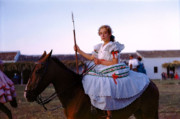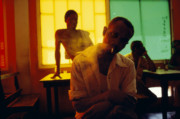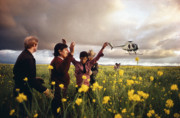Rivages
Harry Gruyaert's "Rivages" explores the edges where land meets oceans, seas and rivers
In the re-edition of Harry Gruyeart’s Rivages (Edges) an essay by the American sculptor Richard Nonas, “Blurred Boundaries”, poetically explores Harry Gruyeart’s study of the overlapping life found at the edges of the world.
We are all artists. We reframe the world, reimage it to restrict it, limit it to define it. We draw an edge, it holds a center; that center restrains the edge. We see by circumscribing; we understand by editing. We build our world by cropping it. – We regulate everything. We turn perception into language. We control by narrowing; by making-human. We construct grammars and dictionaries, we organize meaning, we systematize. We rewrite the world, then reread it. We redefine it. No centers remains off-center, edges become impervious boundaries, we shift our focus to sustain our balance. We have no choice. We redraw the world to hold our place in it. – There is no choice.
Or is there? Harry Gruyaert ignores the grammar of center and edge; finds the blurred boundaries of overlapping life, the places where one thing has begun to be another thing. He photographs processes not results. – no, he photographs moments caught in transition -no, he photographs the dissociation transition produces, the slipped places it instantly creates. – No, he denies the reality of center and edge. – No, not that either. He photographs nature, culture, art. – different realities- meeting and merging -no; he photographs them melding. – No. He photographs whole worlds marked onto other worlds, realities cut into other realities. -No. He photographs de-linguified worlds, worlds whose grammatical structure has been denied or confused or forgotten. – Maybe. Unreadable worlds, barely readable ones – Yes. He photographs, transmits, worlds made numinous by the perfect confusion of edge and center, the perfect juxtaposition of culture and nature, the crossed voltages of immediate singular presence and the highly refined languages of art.
"We rewrite the world, then reread it. We redefine it. No center remains off-center, edges become impervious boundaries, we shift our focus to sustain our balance.
"
- Richard Nonas
He photographs ambiguous meanings stabbed into deep absence. He photographs worlds of vibrating scale, double referenced scales that push and pull in opposite directions. Photographs almost read and almost unreal worlds truly overlapped. – Fading edges with no real centers are what he photographs: the perfect clarity of almost confusion already present, the shape- shifting transformations that almost, but don’t quite, happen. Mountainous clouds and cloudy mountains are what he photographs – stories not quite there, the faceless who almost inhabit them, watery lands and lumpy seas almost intertwined.
He photographs the vibrating boundaries between what he finds and what he has, between what he knows and what he feels; the shaky boundaries between what he discovers and what he makes himself; the blurred boundaries, I mean, between what sustains him and what moves him. He photographs the boundaries that hover just beyond our sight too, the shadows of an actual reality too blurred, too confused, too nuanced for any language to hold. – He captures it whole. He holds it. – As powerful art. As heart-wrenching beauty. As the overwhelming mystery of ungrammatical silence.
Signed copies of Edges are available now on the Magnum Shop (here).
Edges is co-published by Thames & Hudson in English. In France, Rivages is published by Editions Textuel.


